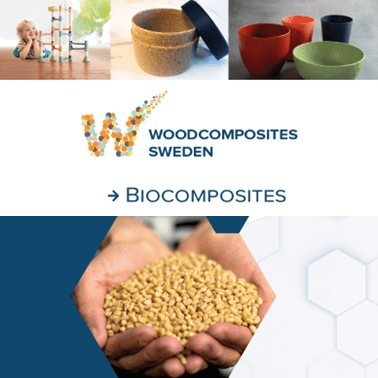With solutions for solar heat management, Sun Chemical, a leader in the pigment industry, empowers modern design possibilities. While dark surfaces with standard black pigments intensively absorb solar energy and convert it to heat, functional black pigments can be used to formulate systems that reflect sun radiation. In this post, we delve into the utilization and the benefits of functional black in various solar heat management applications.
The functionality of solar heat management pigments
While conventional black pigments absorb the energy of sunlight and turn it into heat, functional black pigments ensure cooler surfaces by significantly reducing energy absorption of sunlight. Being transparent to near infrared radiation (NIR) pigments of the SpectrasenseTM family enable sun radiation to pass through to a reflective surface, while Sicopal® pigments and their related pigment preparations Xfast® and Luconyl® NG bring NIR reflective properties into a coating system.
Application examples
Roof tiles
Functional roof tiles reflect more infrared light than traditional roof tiles. The roof stays cooler and also cools the surrounding air, which leads to an improvement of the air in the living space and increases the lifetime of the tiles.
Exterior insulation finishing systems
Especially for darker surface colors, surface temperatures can be reduced to avoid cracking of the plaster and deformation of insulation materials.
Window frames
For bigger sized windows with dark coated window frames it is beneficial to reduce the surface temperature to achieve a better structural integrity.
Entrance doors
Coatings of entrance doors with functional pigments may reduce the temperature of the entrance hall, help to maintain structural integrity, and increase the durability of the door material.
Garage doors
Cool pigments reduce the heat absorption, may prevent warping and breaking, and extend the durability of the garage doors.
Automotive exterior
Keeping the surface of cars cooler may reduce energy consumption of air conditioning, enhances comfort, and maintains constructional strength and surface material durability when exposed to the sun.
Automotive interior
Black dashboards, instrument panels, seats, arm rests, steering wheels in a car grow unbearably hot in the sun which the usage of non-absorbing pigments may prevent. In addition to increasing the personal comfort, a reduced heat-up prevents materials getting brittle, ensures dimensional stability, avoids material degradation, and saves energy by reducing need for air conditioning.
Asphalt coatings
In asphalt coatings, functional black pigments and pigment preparations support cool city projects fighting the urban heat island effect.
Benefits at a glance
The utilization of Sun Chemical’s solar heat management pigments opens doors to a multitude of advantages:
- Flexibility in color design while reducing thermal load
- Increasing lifetime of coated surfaces
- Maintaining constructional strength under solar irradiation
- Reduction of energy cost for cooling
- Enhancing the personal thermal comfort feeling
- Fighting urban heat island effects
Find out more on Sun Chemical’s website: Functional Black Pigments for Solar Heat Management!
Sun Chemical pigments distributed by Bjørn Thorsen
Sun Chemical’s high performance pigments and preparations for coatings and plastics are distributed in the Nordic and Baltic countries by Bjørn Thorsen A/S. For any further questions regarding the Pigment Finder or inquiries regarding various products, please contact industry experts for Advanced Polymers – Emil Ström at es@bjorn-thorsen.com and for Coatings, Adhesives and Sealants – Jonny Lönnerberg at jl@bjorn-thorsen.com.
In a world increasingly focused on sustainable and energy-efficient solutions, Sun Chemical’s innovations in the realm of solar heat management pigments are nothing short of transformative. With benefits encompassing energy savings, enhanced comfort, extended product life, and environmental consciousness, these pigments stand as a testament to Sun Chemical’s commitment to pioneering technologies towards a greener and more sustainable future for the architectural coatings industry.



